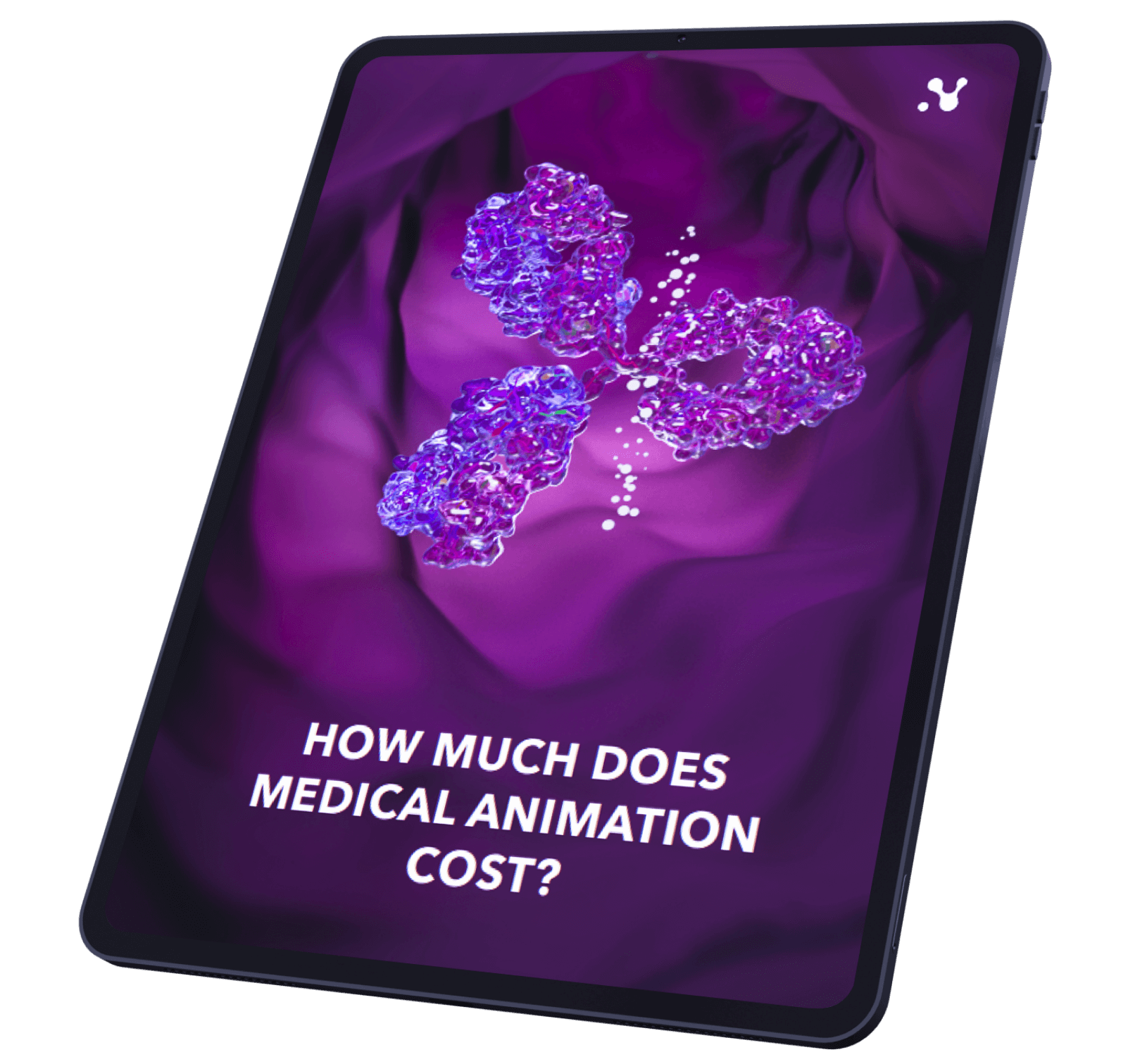In the pharmaceutical development journey, obtaining regulatory approval is a critical juncture that ensures the safety and efficacy of new drugs. Traditionally, presenting a drug’s mechanisms of action and safety profile to regulatory agencies relied on dense scientific documents and lengthy reports. However, the integration of 3D animation has revolutionized this process, providing a more effective way to communicate these vital aspects. This article delves into the realm of animated drug mechanism demonstrations and their role in expediting the regulatory approval process.
Navigating Regulatory Challenges
Regulatory bodies like the U.S. Food and Drug Administration (FDA) and the European Medicines Agency (EMA) play a pivotal role in safeguarding public health by rigorously evaluating new drugs. A significant challenge in this evaluation process is effectively conveying the intricate mechanisms through which a drug interacts within the body. Traditional methods reliant on textual descriptions and static images often struggle to explain these complex processes in a manner understandable to both experts and non-specialists.

Embracing Animated Drug Mechanism Demonstrations
Enter the realm of 3D animation, a dynamic medium that has transformed pharmaceutical communication. Animated drug mechanism demonstrations leverage visual storytelling to vividly portray how a drug interacts with target molecules, cellular pathways, and physiological systems. This innovative approach significantly enhances understanding and retention, making it an invaluable tool in regulatory submissions.
Benefits and Advantages
Enhanced Clarity: Complex scientific concepts become markedly clearer when presented through dynamic 3D animations. These animated drug mechanism demonstrations simplify intricate biochemical processes, facilitating reviewers’ comprehension.
Visual Engagement: 3D animations engage both intellectual and sensory faculties, fostering a deeper grasp of drug mechanisms. The strategic use of color, motion, and sound creates a compelling narrative that captivates reviewers’ attention.
Time Efficiency: Reviewing extensive scientific documents can be time-intensive. Animated demonstrations distill crucial information into a shorter duration, saving time for both regulators and pharmaceutical companies.
Universal Accessibility: Visual language transcends barriers, making intricate scientific information accessible to individuals from diverse backgrounds, including those with varying scientific expertise.
Error Reduction: Misinterpretation of scientific text or static images can lead to misunderstandings or errors during the assessment process. Animation mitigates these risks by presenting information in a standardized, easily interpretable format.

Case Studies: Exemplifying Success
Numerous pharmaceutical companies have harnessed the potential of animated drug mechanism demonstrations with impressive results:
Company A’s Cardiovascular Drug: Through 3D animation, Company A effectively showcased their cardiovascular drug’s interaction with specific receptors, illustrating its ability to dilate blood vessels and lower blood pressure. This animation played a pivotal role in communicating the drug’s effectiveness and safety to regulatory authorities.
Company B’s Oncology Treatment: Company B’s oncology drug targets a distinctive cellular pathway to inhibit tumor growth. Through animation, the company visually demonstrated how their drug disrupts the pathway, effectively halting cancer progression. This animation not only impressed regulators but also aided medical professionals in comprehending the treatment’s mechanism.
Future Prospects: Interactive VR and AR
As technology advances, integrating interactive virtual reality (VR) and augmented reality (AR) experiences into the regulatory submission process holds immense promise. Envision a scenario where reviewers don VR headsets to interact with molecular structures or witness a simulated human body’s response to the drug. This heightened engagement could revolutionize understanding and evaluation during the regulatory assessment phase.
Animated drug mechanism demonstrations have emerged as a dynamic tool streamlining the regulatory approval process in the pharmaceutical industry. By transforming intricate scientific information into accessible, engaging visuals, 3D animations facilitate clearer communication between pharmaceutical companies and regulatory agencies. As technology evolves, the incorporation of interactive VR and AR experiences has the potential to elevate this process further, ushering in a new era of comprehensive and immersive comprehension. Through the fusion of science and art, animated drug mechanism demonstrations stand as a testament to the transformative power of innovation in the pharmaceutical industry.


